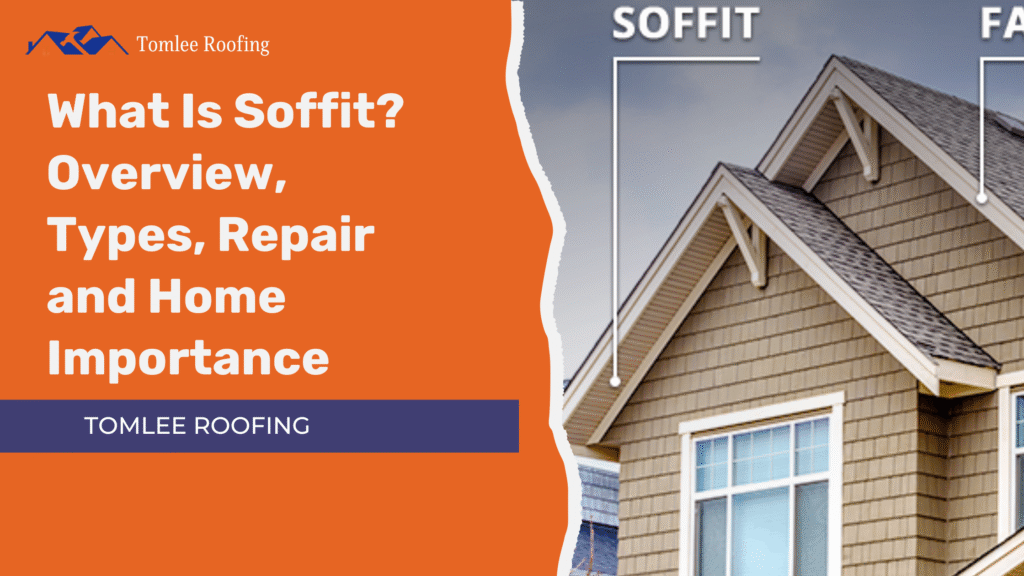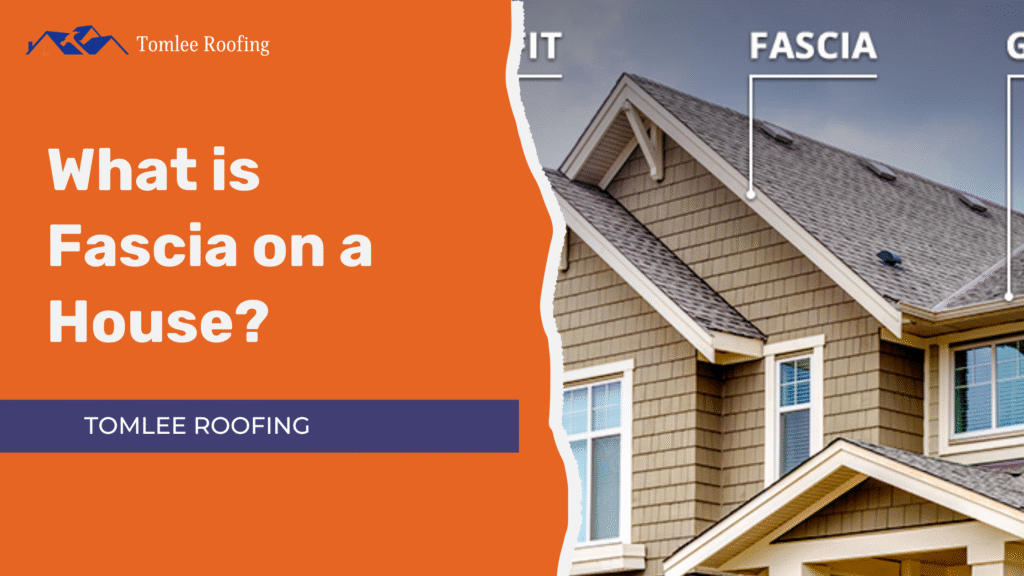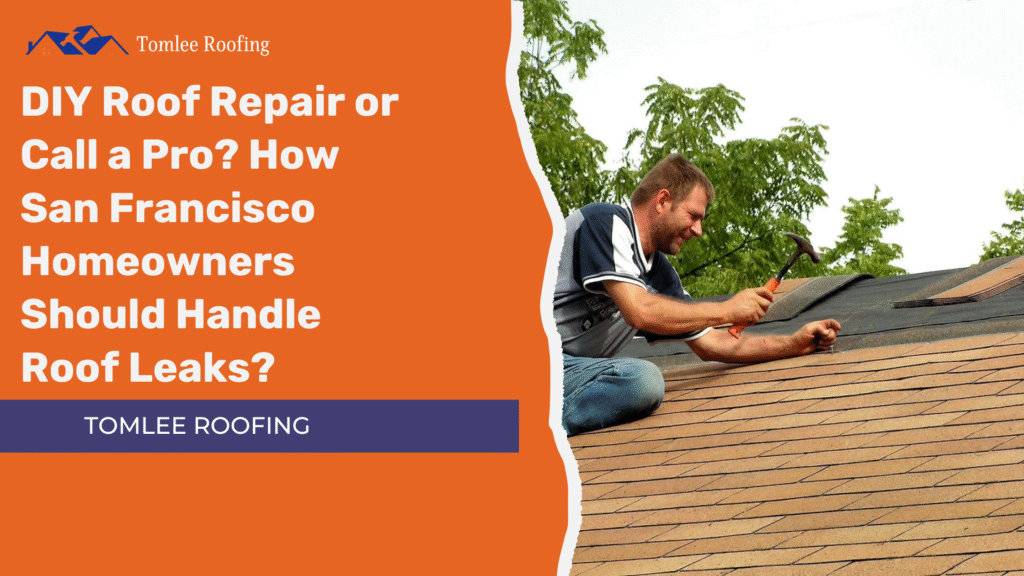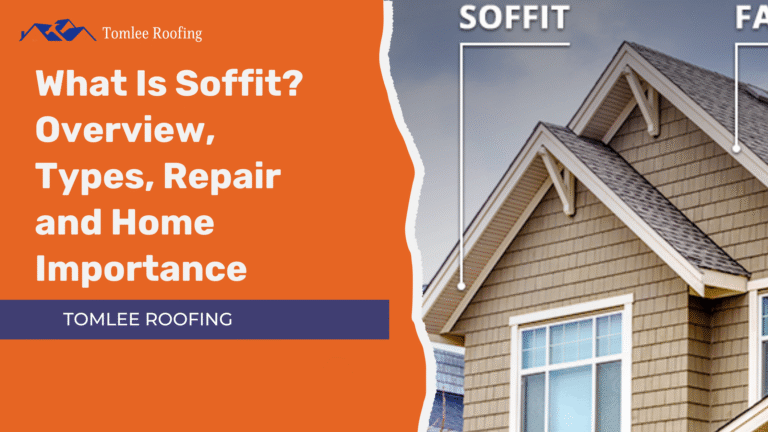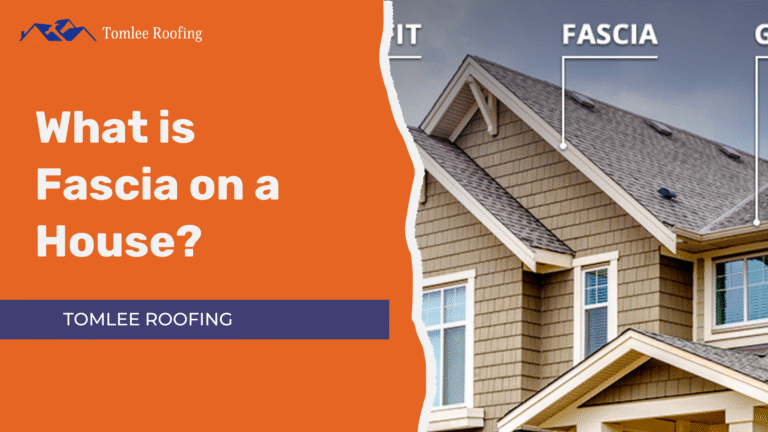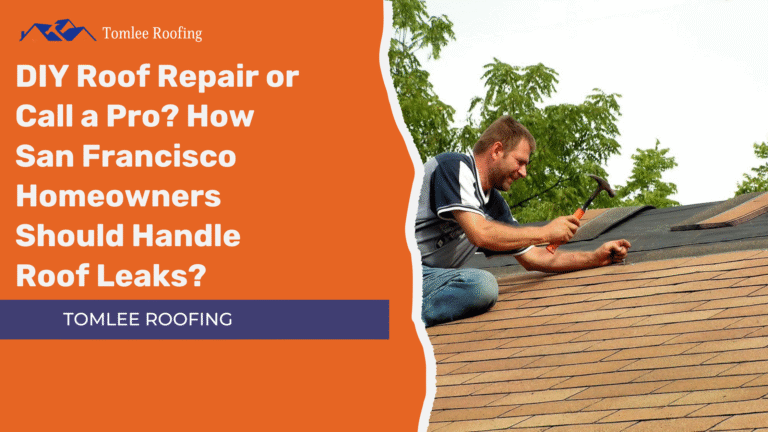Clay tile roofing offers excellent heat resistance, durability against Bay Area fog and rain, and decades of low-maintenance performance. It also enhances energy efficiency, lowering cooling costs during hot summers. Plus, its timeless look complements local Mediterranean and Spanish-style homes while meeting HOA standards.
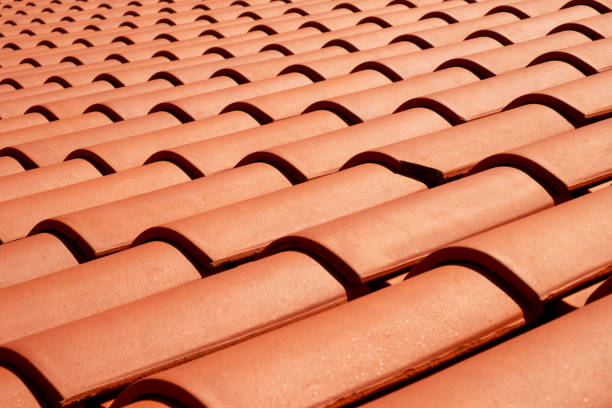
Drive through San Francisco, San Jose, or Oakland, and you’ll notice clay tile roofs on many homes. They’re not just a design choice but a response to the Bay Area’s unique mix of fog, heat, and occasional heavy rain. Over the years, homeowners have found that cheaper options like asphalt or wood shakes often need repairs within a decade or two.
Clay tile, on the other hand, has proven it can last for generations while keeping homes cooler, drier, and more resilient. This article explains why clay tile roofing continues to be one of the most reliable and valuable options in the Bay Area.
Thinking about a long-lasting roof that can handle Bay Area weather?
Get a consultation today and see if clay tile is right for your home.
The Bay Area’s Unique Climate for Clay Tile Roofing
The Bay Area isn’t just one type of weather. It’s a patchwork of microclimates that can change dramatically in just a short drive.
For instance, you might be experiencing a bright, sunny afternoon in San Jose while someone in Daly City is dealing with thick, damp fog.
Inland areas like Walnut Creek reach high temperatures, while coastal towns such as Pacifica stay cool year-round.It’s this constantly shifting weather that makes it hard for many roofing materials to perform consistently.
Your roof in the Bay Area which is not only exposed to mild sun and occasional rain. It has to fight with extended foggy periods that bring moisture, dry summer spells that cause expansion and contraction, occasional strong winds, and even the threat of wildfires in certain regions.
This constant pressure from changing elements means your roof must be both durable and adaptable.
We’ve seen many homeowners invest in cheaper options that begin to fail after just a few years because they weren’t designed for such variable conditions.
Asphalt shingles may crack in the heat, wood shakes often trap moisture, and flat roofs can struggle with drainage. Clay tile roofing stands out in this setting. Its natural durability allows it to handle fog, sun, and heat without major wear. Instead of constant repairs, homeowners get decades of protection that matches the Bay Area’s unpredictable conditions.
What Makes Clay Tile Roofing a Better Choice in the Bay Area?
Bay Area homes face a combination of coastal fog, dry summer heat, and seasonal rain, conditions that wear down most roofing materials. Clay tile stands out because it adapts to all three without losing strength or form.
Instead of breaking down under moisture or curling in the sun, clay tiles remain stable and durable for decades. Homeowners who invest once often see their roof last 50 to 100 years, while asphalt shingles may require two or three replacements in the same time frame.
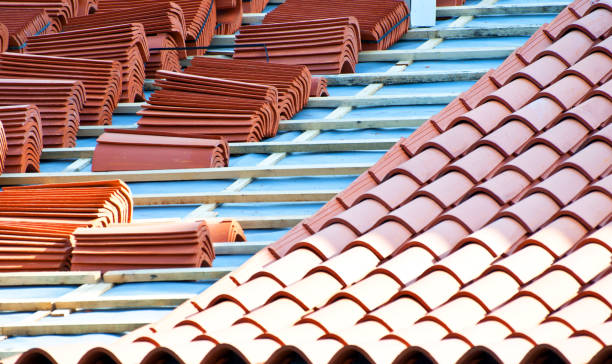
PRO TIP
Choose Lighter-Colored Tiles to Reflect Heat
Opt for terracotta or lighter-colored clay tiles to improve energy efficiency. They reflect more sunlight and help keep your home cooler during Bay Area heatwaves.
Clay tile roofing excels in this regard due to its natural heat resistance and durability. Its design also allows excellent ventilation, keeping homes cool and dry.
1. Clay Tiles Are Great for Both Heat and Moisture
The natural clay curved material allows air to flow underneath, preventing it from trapping heat or moisture. We’ve seen this make a huge difference in homes near the coast where fog and moisture can build up under traditional shingles.
2. Longevity & Durability: You Won’t Be Replacing It Anytime Soon
Clay tiles are known to last anywhere between 50 and 100 years. We’ve been on rooftops where the tiles outlived two generations of homeowners. Compare that to asphalt shingles, which often need replacing every 20 years.
Backed by Data: According to the National Association of Home Builders, clay tile roofs are among the longest-lasting options available. (NAHB Study)
3. Energy Efficiency Is a Big Bonus
A lot of folks in the Bay Area want to lower their cooling bills, especially during summer. Design of clay tiles also helps regulate indoor comfort. The curved profiles allow air to circulate beneath the roof surface, reducing trapped heat in summer It reflects sunlight and acts like a shield for your home.
The California Energy Commission found that homes with clay tiles used noticeably less energy during hot months. (California Energy Commission)
4. Fire Resistance
Another advantage is fire safety. In wildfire-prone parts of Northern California, clay tiles offer non-combustible protection that asphalt and wood can’t match. Combined with their resistance to pests, UV damage, and rot, clay tiles provide a level of reliability few other materials can deliver.
5. Aesthetic Compatibility With Local Architecture
Bay Area neighbourhoods, especially in cities like Palo Alto or Santa Clara, often feature Mediterranean, Spanish, or Mission-style homes.
Clay tiles naturally complement these architectural styles and meet HOA guidelines. They don’t fade, peel, or warp, maintaining curb appeal year after year.
Common Roofing Issues Bay Area Homeowners Face And How Clay Tiles Solve Them
Many Bay Area homeowners run into the same roofing frustrations year after year:
Warped or cracked shingles after prolonged summer sun in inland areas like Walnut Creek or San Jose.
Mold and mildew buildup from coastal fog in Daly City or Pacifica that traps moisture under asphalt or wood.
Leaks after stormy winters, especially where flashing or underlayment fails.
Constant repairs and maintenance on wood shakes or low-grade shingles that can’t handle the region’s temperature swings.
Premature roof replacements, with some materials lasting barely 15–20 years before showing major wear.
This is where clay tiles make a difference. Unlike asphalt or wood, they:
Resist moisture absorption, keeping fog and rain from penetrating the roof deck.
Withstand intense sun without curling, fading, or cracking.
Require minimal upkeep, with most homes needing only occasional inspections.
Last 50–100 years, making them one of the longest-lived options in Northern California.
For Bay Area homeowners who are tired of patching up roofs every few seasons, clay tiles provide a durable, low-maintenance alternative that directly solves the region’s most common roofing issues.
Tired of constant roof repairs and maintenance?
Switch to clay tile roofing and enjoy decades of worry-free protection.
Clay Tiles vs. Other Roofing Options
Addressing Concerns About Clay Tile Roofing, Weight and HOA Preferences
- One common question we hear is, “Aren’t clay tiles really heavy?” Yes, they are heavier than asphalt shingles or metal roofing, but most Bay Area homes built after the 1970s can support them.
- If extra support is needed, a roofing contractor or structural engineer can usually add reinforcement without major disruption.
- Proper evaluation before installation is key. When done right, a clay tile roof can last for decades without issue.
- Many homeowner associations (HOAs) and local agencies prefer clay tiles for their aesthetic and durability.
- Some communities, especially in Palo Alto, Hillsborough, and parts of San Mateo County, even require tile roofing to maintain a consistent neighbourhood look.
- Clay tiles offer a timeless, California-inspired appearance that complements Spanish, Mediterranean, and modern architecture.
- Unlike synthetic materials that fade or peel, clay tiles develop a natural patina over time, ageing with elegance.
- Their combination of durability and curb appeal makes them a top choice for protecting property value and preserving local character.
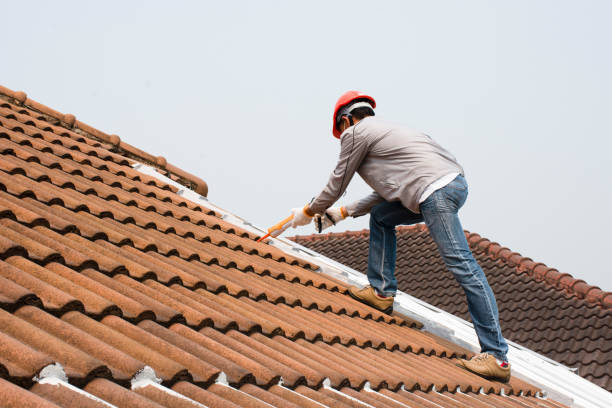
PRO TIP
Invest in Quality Underlayment
The underlayment beneath your tiles is key to waterproofing. Opt for a high-performance, breathable underlayment to guard against mould and moisture in foggy coastal zones.
Final Thoughts: Should We Choose Clay Tile Roofing?
If you’re looking for a roof that looks good, lasts decades, cuts energy bills, and holds up to the Bay Area’s unique mix of weather, the advantages of clay tile roofing make it a strong choice.
We’ve seen it work, helped install it, and inspected its results years later. If you’re tired of patching up your roof every few years, it might be time to think long-term.
Ready to upgrade your roof with timeless, eco-friendly clay tiles?
Contact us now for a personalised quote and expert guidance.
FAQs (Quick Answers)
1. Is clay tile roofing good for Bay Area weather?
Yes, it’s built to handle both heat and moisture efficiently.
2. Are clay tiles eco-friendly?
Yes, made from natural materials and helps reduce energy use.
3. How much does clay tile roofing cost in California?
Around $15–$30 per square foot installed.
4. Do I need to reinforce my roof for clay tiles?
In some cases, yes. A structural check will confirm.
5. Can clay tiles crack during an earthquake?
With proper fastening, cracking is rare and not a major concern.
6: What are the benefits of a tile roof?
Tile roofs offer long-lasting protection, weather resistance, and add visual appeal to a home’s exterior.
7: What climates are clay and concrete tile roofing products best suited for?
They’re perfect for warm, sunny, and coastal regions that experience temperature swings and occasional rain.
8: Are roof tiles good for the environment?
Yes, most are made from natural materials and are fully recyclable, reducing landfill waste.
9: Which type of roofing material is most environmentally friendly?
Clay tiles rank high for eco-friendliness due to their longevity, recyclability, and minimal production waste.


